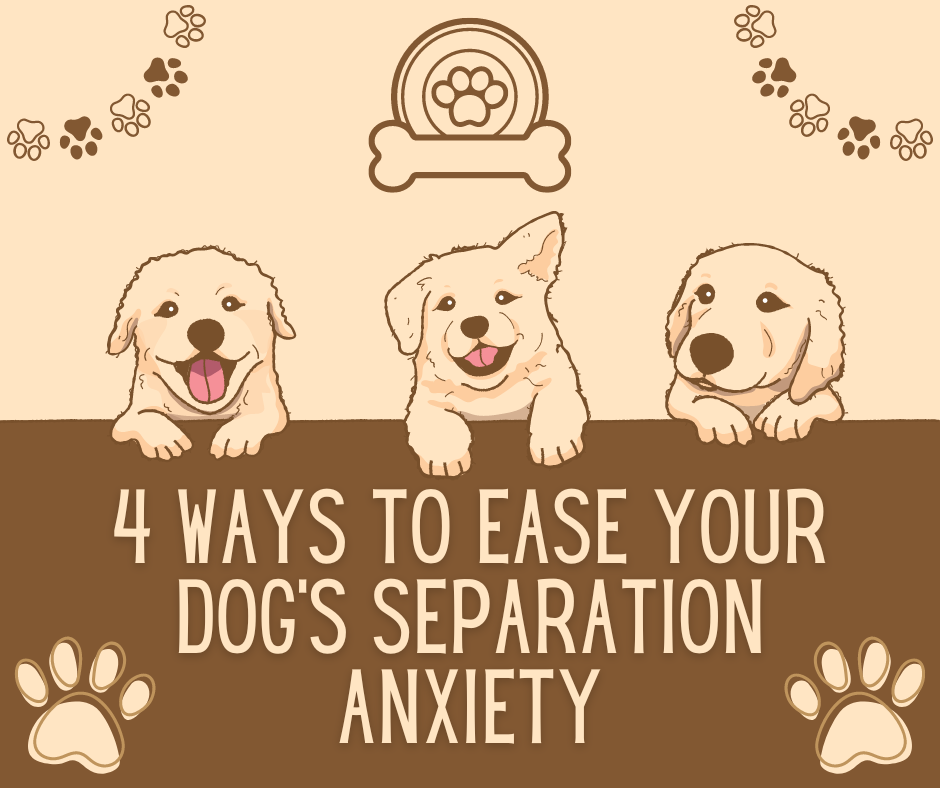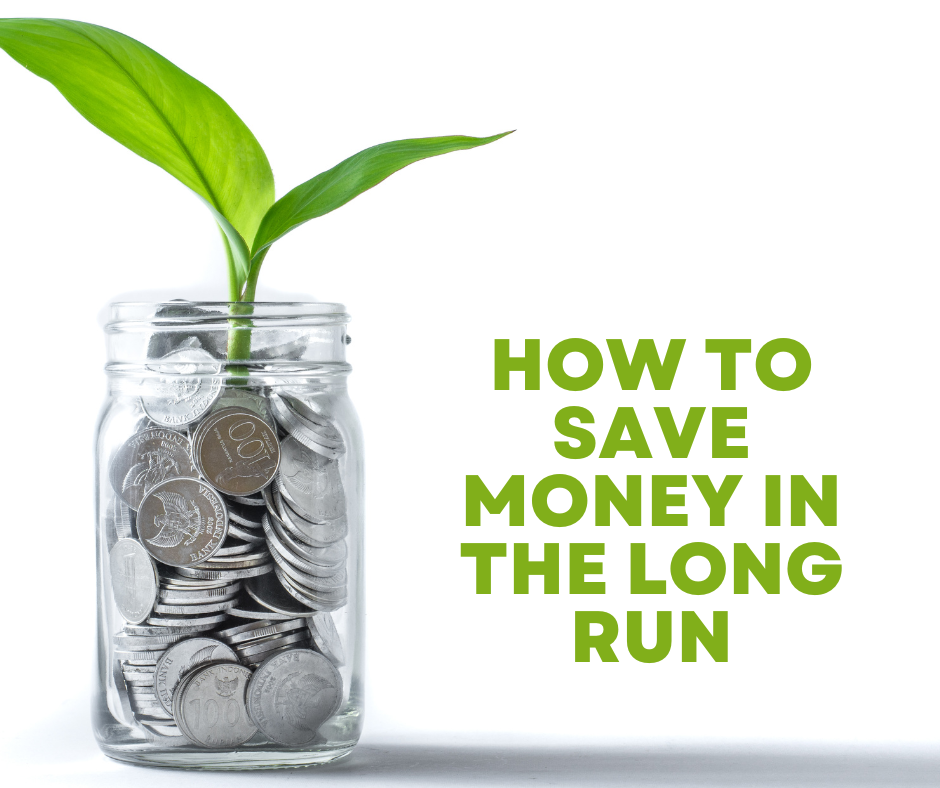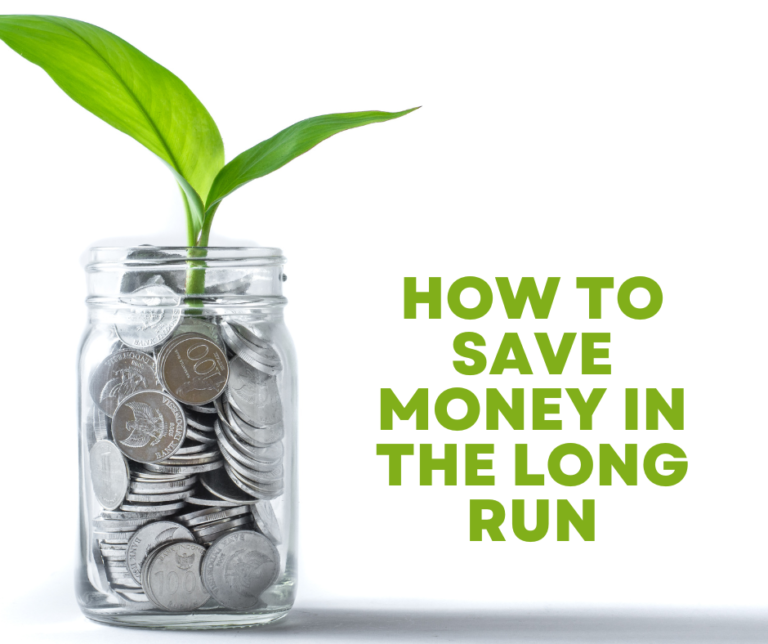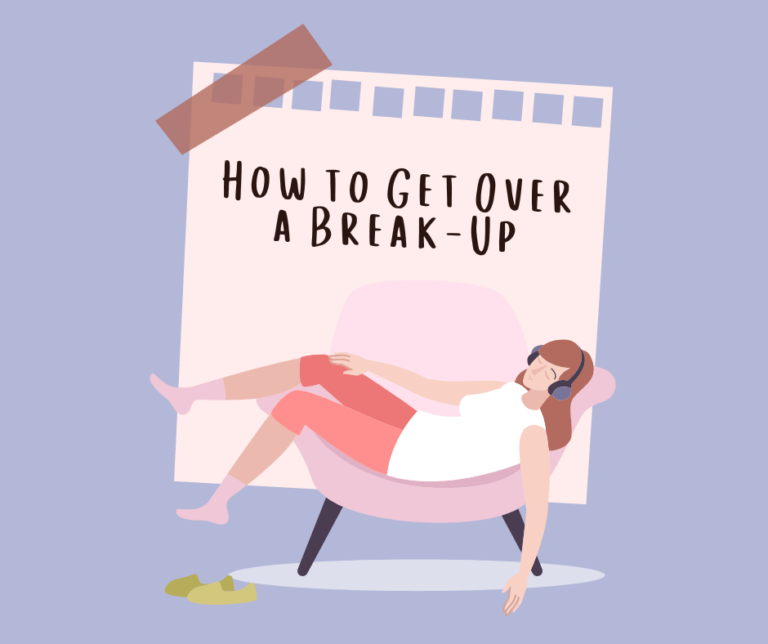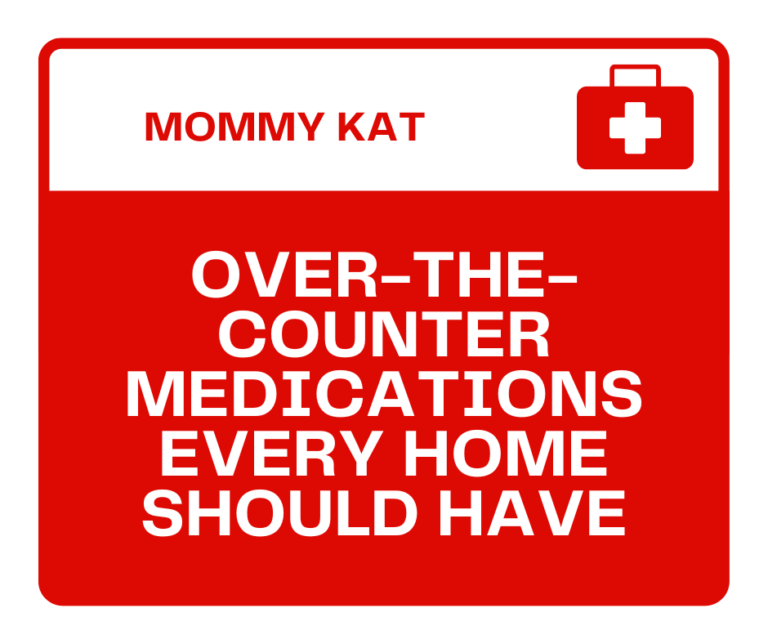No matter how much we love our dogs, trying to ease your dog’s separation anxiety can be very difficult. As much as we want to, we simply can’t spend all our time with them—we have work, school, and other non-dog-friendly activities to do. And dogs with separation anxiety also tend to claw at our furniture and make ungodly noises that are aggravating to the ears. So, we have to ease their separation anxiety as much as possible until both the dog and owner are happy.
If you’re having trouble knowing where to start, here are some helpful tips for you. We hope this helps ease your dog’s separation anxiety.
1. Established a Well-Oiled Routine
One of the things that trigger anxiety—not just with dogs, but with humans as well—is change. Not knowing what to expect on a day-to-day basis can throw your dogs for a loop. They’ll start to wonder where you are, if you’re going to come back, when they’re going to get food… they’ll work themselves up in a tizzy! So, it’s best to have a set schedule so your pets can have expectations.
It’s more important to let your pet know when they can expect attention from you. Whether it’s taking them for a walk, playing with their favorite toys with them, or giving them their meals, you need to do them at the same time.
And as much as possible, you want to schedule those times of attention right before you have to leave to make things easier on them. It also helps to tire them out for a nap so they won’t even notice you’re gone!
2. Provide an Enriching Environment
Oftentimes, our dogs look to us when they feel like they’re lacking something, so ensure they’re not wanting anything by giving them everything they need. Depending on your breed of dog, they’ll need adequate room for exercise, healthy food, great sleeping conditions, mental stimulation through training or toys, and love and affection from their owners. If any of these are lacking in any way, that may be the cause of their separation anxiety.
On top of that, you also need to give them some physical or mental stimulation. Most dogs simply cannot stay still and need something to let off some steam and energy. A routine might be good for them, but don’t be comfortable with it too—they need something new once in a while. So, introduce them to a new toy that’ll distract them for a while. You can also have special food bowls so your dog can work for their food rather than just eat it.
3. Reward Them for Good Behavior
Has your dog slept peacefully through the night in their crate or bed and not beside you? Did they not whine or cry when you had to walk through that door?
Reward them with lots of treats and affection! This lets your dog know that attention-seeking behavior will not get them the attention they crave—it’s a calm and quiet one.
You can train this sort of behavior by only rewarding your dogs when they’re mellow. When your dog is whining or itching to be with you, you can command them to sit or head back to their crate. Do not give in to their antics until they follow your command—once they do, reward them for their hard work.
Keep doing this, gradually lengthening the time between command and reward, until your dog has learned to settle down.
4. Give Them CBD Oil for Dogs
CBD oil is an oil derived from the cannabis plant. While you may have already heard of a related compound from the same plant called marijuana, there is another compound that gives you many of the medical benefits of marijuana without that high feeling. These are called cannabinoids and have been an essential ingredient in many medications for years!
Just like their owners, dogs have plenty of cannabinoid receptors in their furry bodies. CBD oil like the ones from All Paws Essentials can help your dogs relax and sleep very well, reducing the amount of separation anxiety they feel. It also gives them a boost of serotonin, which does a lot for their well-being and happiness.
